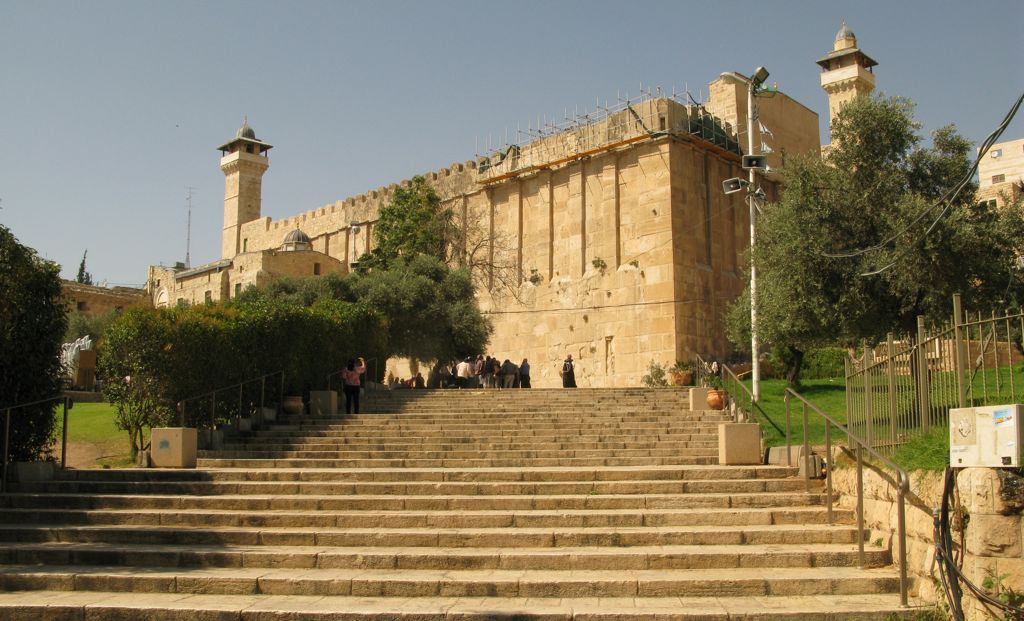Hebron, a city steeped in history and significance, offers a unique glimpse into the past and the present of the Middle East. Located in the southern West Bank, this ancient city is one of the oldest continuously inhabited places in the world. Rich in religious and cultural heritage, Hebron is not only an important site for Muslims, Jews, and Christians alike, but it also serves as a focal point for understanding the complex socio-political landscape of the region. Whether you’re interested in its archaeological treasures, its vibrant markets, or the spirit of its resilient people, Hebron has a story waiting to be told.
As you wander through the narrow streets of Hebron, you will encounter a tapestry of life woven together by the traditions and histories of its inhabitants. From the breathtaking architecture of the Ibrahimi Mosque to the bustling souks filled with local crafts and flavors, each corner of this city tells a tale of its own. Moreover, the ongoing struggles and triumphs of the city's residents provide a poignant backdrop to the beauty that surrounds them.
In this article, we will delve deeper into the multifaceted identity of Hebron, exploring its historical significance, cultural richness, and the challenges it faces today. Join us on this journey and discover what makes Hebron an essential part of the narrative of the Middle East.
What is the Historical Significance of Hebron?
Hebron is one of the oldest cities in the world, with archaeological evidence suggesting continuous habitation for thousands of years. Historically, it is known as the burial place of the biblical patriarch Abraham, making it a significant religious site for Judaism, Christianity, and Islam. The city is home to the Ibrahimi Mosque, which is built over the Cave of the Patriarchs – a site revered by all three Abrahamic faiths.
How Did Hebron Evolve Over the Centuries?
Throughout the centuries, Hebron has witnessed the rise and fall of empires, from the ancient Canaanites to the Romans and beyond. Each civilization has left its mark on the city, contributing to its architectural and cultural heritage. During the Ottoman Empire, Hebron flourished as a center for trade and craftsmanship, and today, remnants of this rich history can still be seen in the city's buildings and marketplaces.
What Role Does Hebron Play in Modern Politics?
In contemporary times, Hebron has become a focal point in the Israeli-Palestinian conflict. The city is divided into areas controlled by both Israeli settlers and Palestinian residents, leading to tensions and clashes. Understanding the political landscape of Hebron is essential for grasping the broader issues affecting the region, including issues of land rights, security, and cultural preservation.
What Cultural Experiences Can One Find in Hebron?
Hebron is known for its rich cultural traditions, which are evident in its handicrafts, cuisine, and community life. The city is famous for its glassblowing and pottery, with artisans creating beautiful pieces that reflect the city's heritage. Visitors can explore local markets where they can buy unique souvenirs and taste traditional Palestinian dishes.
How Is the Culinary Scene in Hebron Unique?
The culinary landscape of Hebron is a reflection of its diverse cultural influences. Traditional dishes include:
- Maqluba: A delicious upside-down rice dish with meat and vegetables.
- Knafeh: A popular dessert made from thin noodle-like pastry soaked in syrup.
- Stuffed Grape Leaves: A classic Mediterranean dish often filled with rice and spices.
Food in Hebron is not just about sustenance; it is a vital part of social life, with families and friends gathering to share meals and traditions.
What Are the Challenges Facing Hebron Today?
Despite its rich history and culture, Hebron faces numerous challenges, including economic difficulties, restricted movement, and ongoing conflicts. The presence of Israeli settlements has resulted in a divided city, affecting the daily lives of its residents. Efforts are being made by various organizations to promote peace and economic development, but the path forward remains complex.
What Are the Future Prospects for Hebron?
Looking ahead, there is hope for Hebron as initiatives aimed at fostering dialogue and cooperation continue to emerge. The youth of Hebron are particularly active in advocating for change, seeking to preserve their cultural identity while also pursuing opportunities for education and economic growth. The resilience of the people of Hebron is inspiring, and their commitment to their heritage and future is a testament to the human spirit.
How Can Visitors Engage with Hebron's Community?
For those interested in experiencing Hebron firsthand, there are several ways to engage with the community:
- Participate in guided tours that highlight the city's history and culture.
- Support local artisans by purchasing handmade crafts and products.
- Join community events and festivals to learn about local traditions.
- Volunteer with organizations working towards social and economic development.
Connecting with the people of Hebron can provide invaluable insights into their lives and the challenges they face.
Conclusion: What Makes Hebron a Must-Visit Destination?
Hebron is a city that embodies the rich tapestry of history, culture, and resilience. From its ancient roots to its contemporary struggles, the stories of Hebron are intertwined with the broader narratives of the Middle East. For travelers seeking a deeper understanding of this complex region, Hebron offers a unique perspective that is both enlightening and enriching. As you explore its streets, meet its people, and savor its flavors, you will discover why Hebron is not just a place on the map, but a vibrant chapter in the story of humanity.




